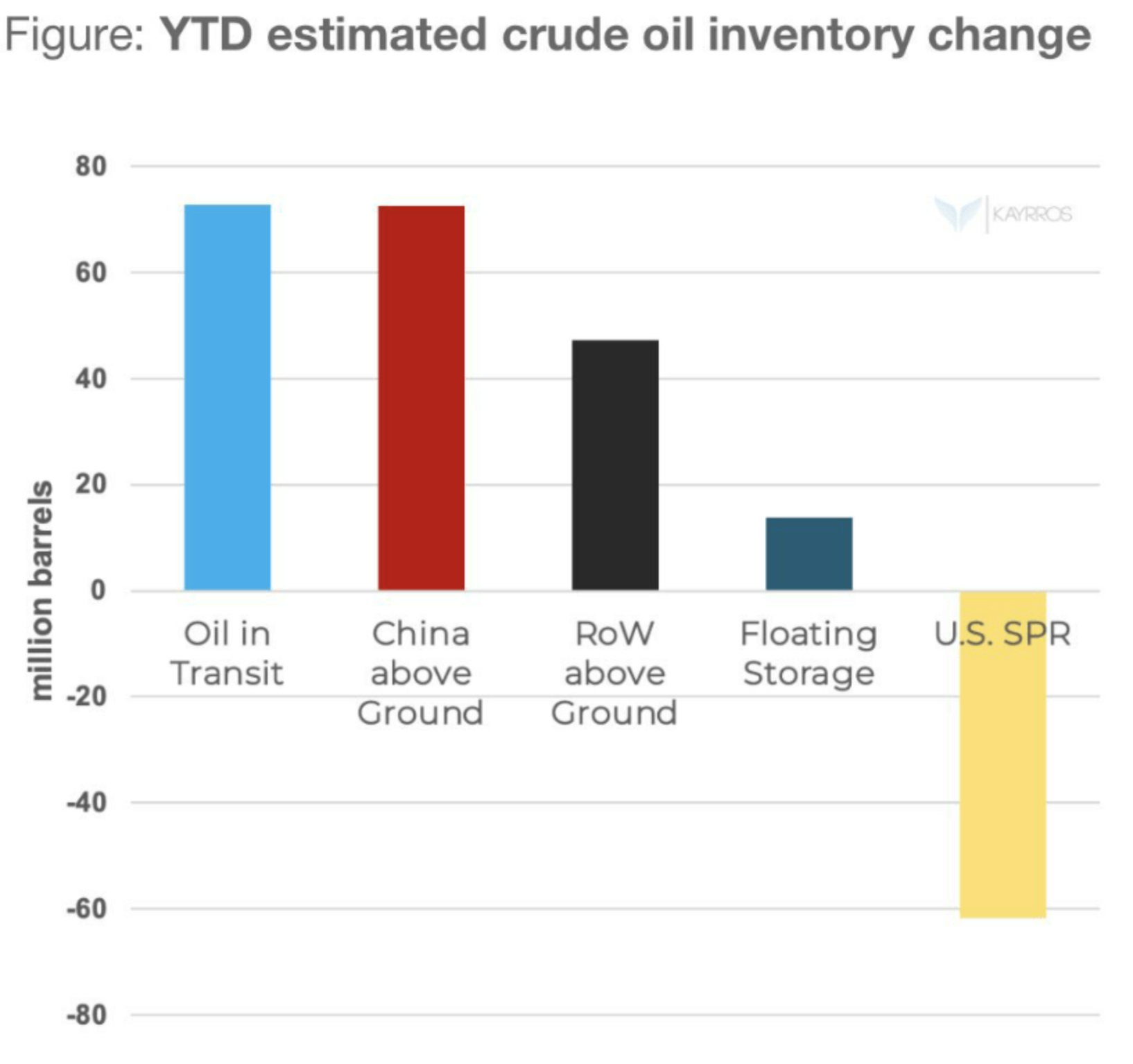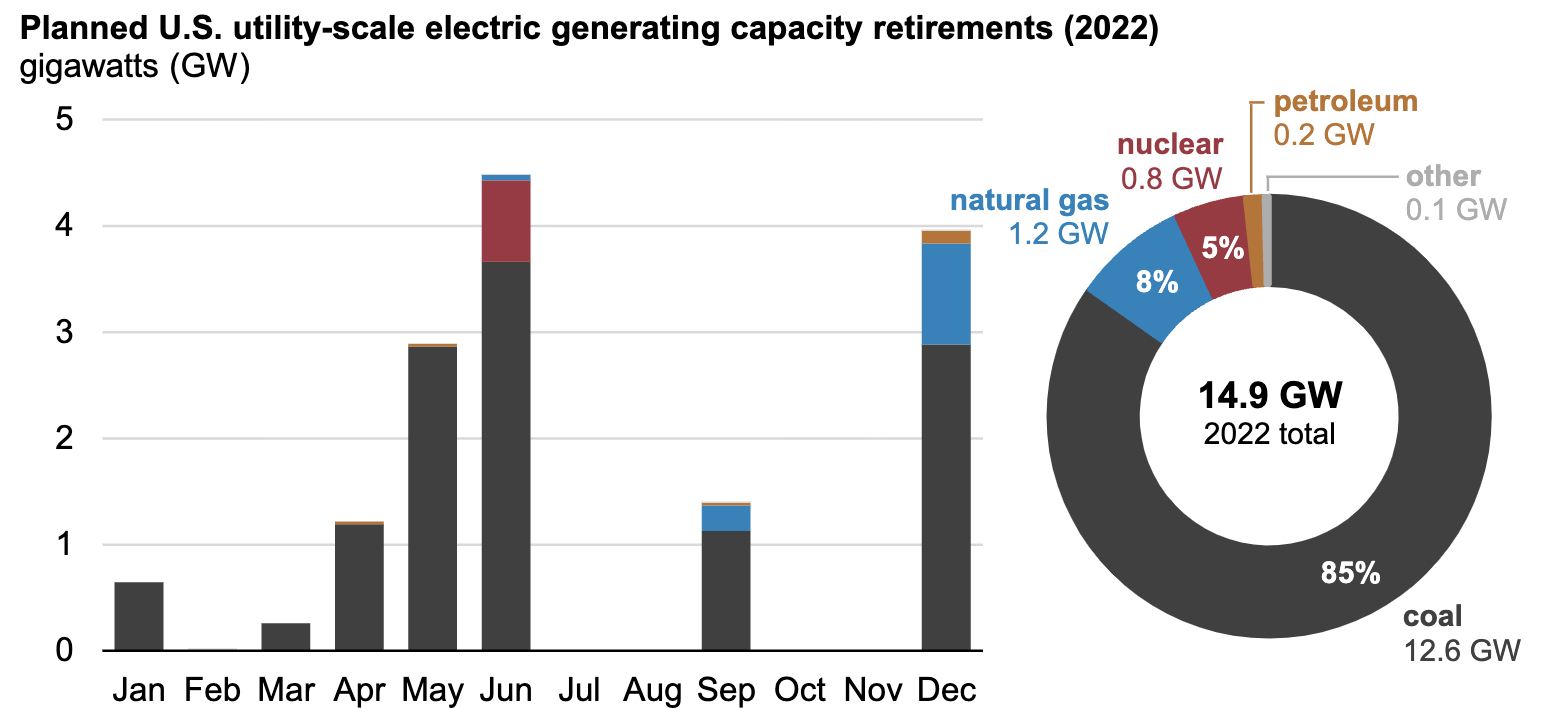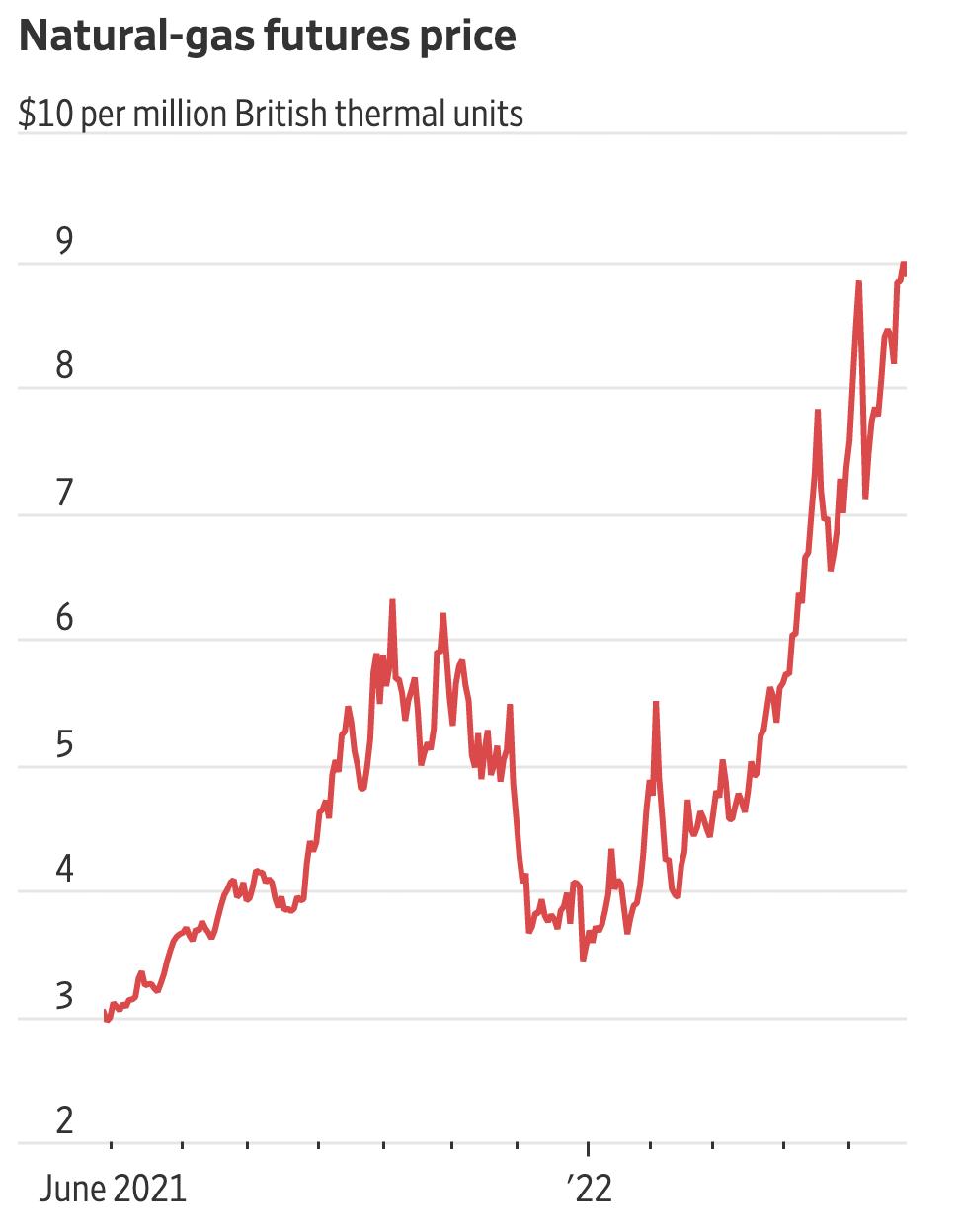On this episode of The Unregulated Podcast, Tom Pyle and Mike McKenna discuss the prospects of Congress passing a reconciliation bill, Biden getting his “gas tax holiday,” SCOTUS rulings, and an update on the Ukrainian conflict.
Links:
- Biden snaps at a reporter for asking about economists warning of a recession.
- Biden climate czar John Kerry: We, as a society, need to reinforce “green products.”
- Even CNN’s John Harwood admits Biden’s proposed gas tax gimmick “doesn’t solve the underlying problem.”
- Biden: “My message is simple. To the companies running gas stations… bring down the price you are charging at the pump … Do it now. Do it today.”
- Biden killed a refinery on May 14 and killed a 1M acre oil & gas lease in Alaska in May 12
- “Justice Thomas is the one justice in the building that literally knows every employee’s name, every one of them. . . . he is a man who cares deeply about the court as an institution, about the people who work there — about people.” – Justice Sotomayor
- Manchin opposing direct payments for clean-energy developers
- Topless Beaches Roil Traditional Nantucket. Divisions Are Bared.






